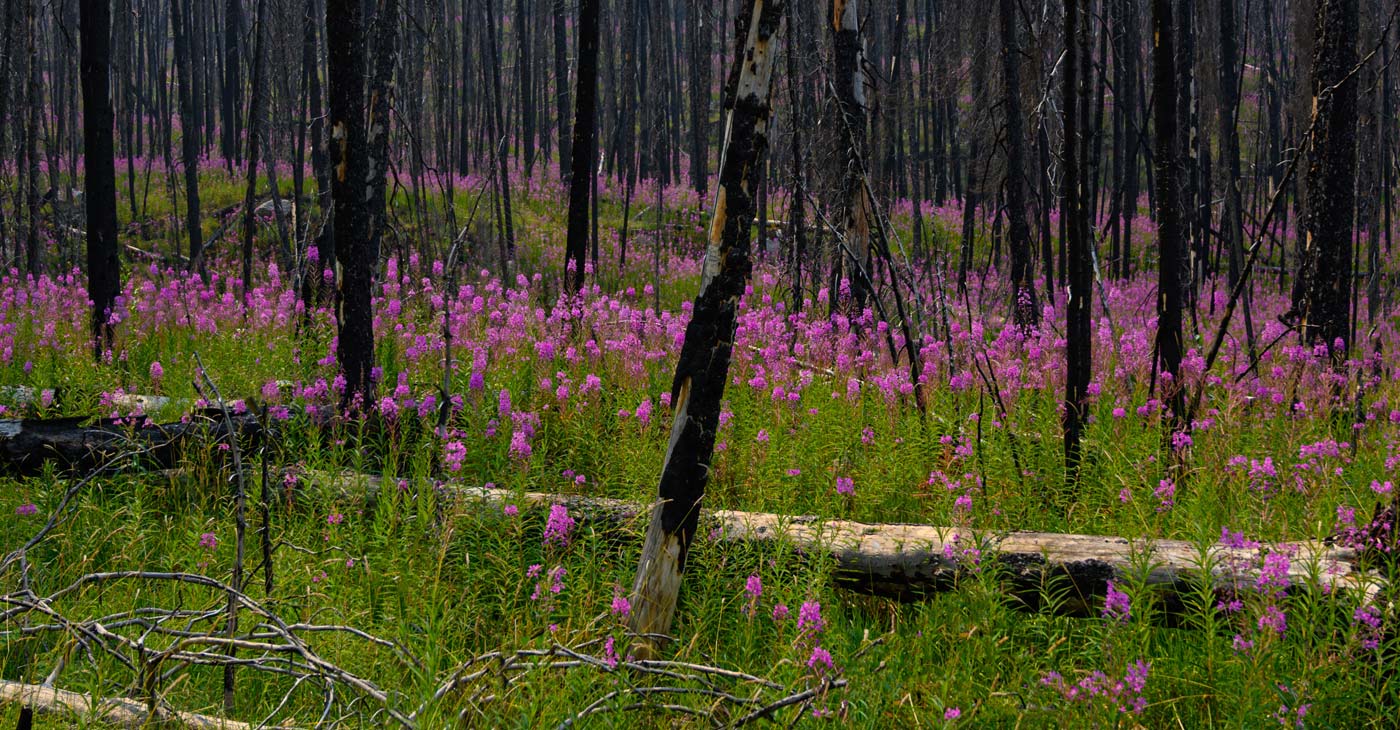
It sounds counterproductive at first: how can fire be good for a forest? Yet, the short answer is… yes, fire is essential to the health of mountain ecosystems.
In Western Canada, wildfires are a natural and necessary process that shape the landscapes we see today. As Tauck Director Ward Cameron, explains, fire isn’t just an occasional disturbance, it’s one of the key forces that drives the ecology of the mountain west.


On episode 35 of The Mountain Nature and Culture Podcast titled “Flames across the border,” Ward explains that while humans often view wildfires through a lens of destruction, nature views them as opportunity. Burn sites and avalanche slopes, places we may see as scarred, are among the most productive habitats in the Canadian Rockies. Fires help improve wildlife and plant habitat, reduce disease, control invasive species, and even create natural firebreaks that prevent future catastrophic burns.
Ward goes on to note that over the course of history, many species have adapted to, and even rely on, fire. Douglas fir trees, for instance, have developed thick cork-like bark that protects them from all but the largest of fires. Scientists use their fire scars as natural records, tracing wildfire patterns back hundreds of years. Trembling aspens, with root systems that can survive tens of thousands of years, regenerate quickly after fire, new shoots springing up even when surface trees are destroyed.
For the lodgepole pine, wildfire is essential for reproduction. Their cones are sealed with a resin that only melts when temperatures reach above 45°C (113°F), a threshold that’s almost never reached in the Rockies without fire. After a burn, the trees release seeds into the freshly cleared soil, beginning a new generation of growth.
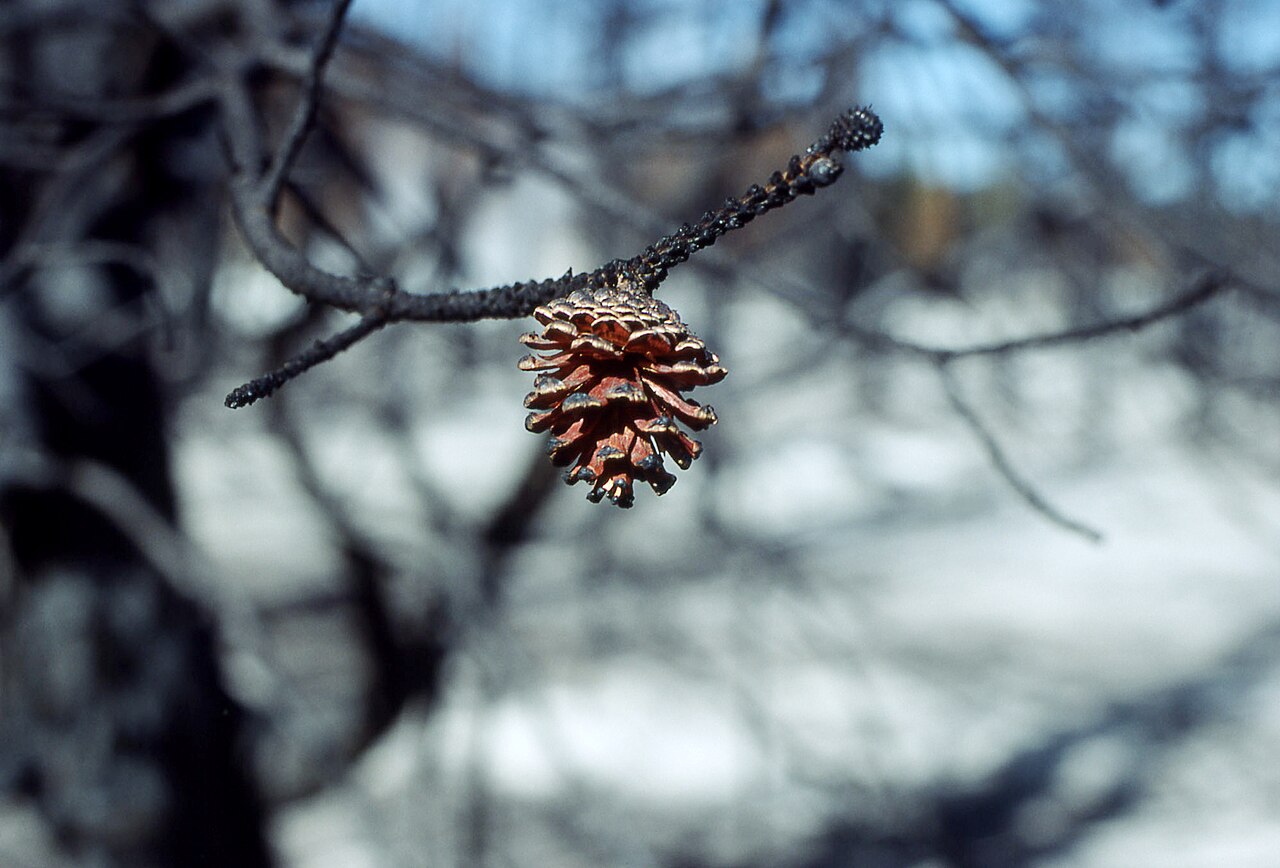
 Cone from the lodgepole pine tree
Cone from the lodgepole pine tree 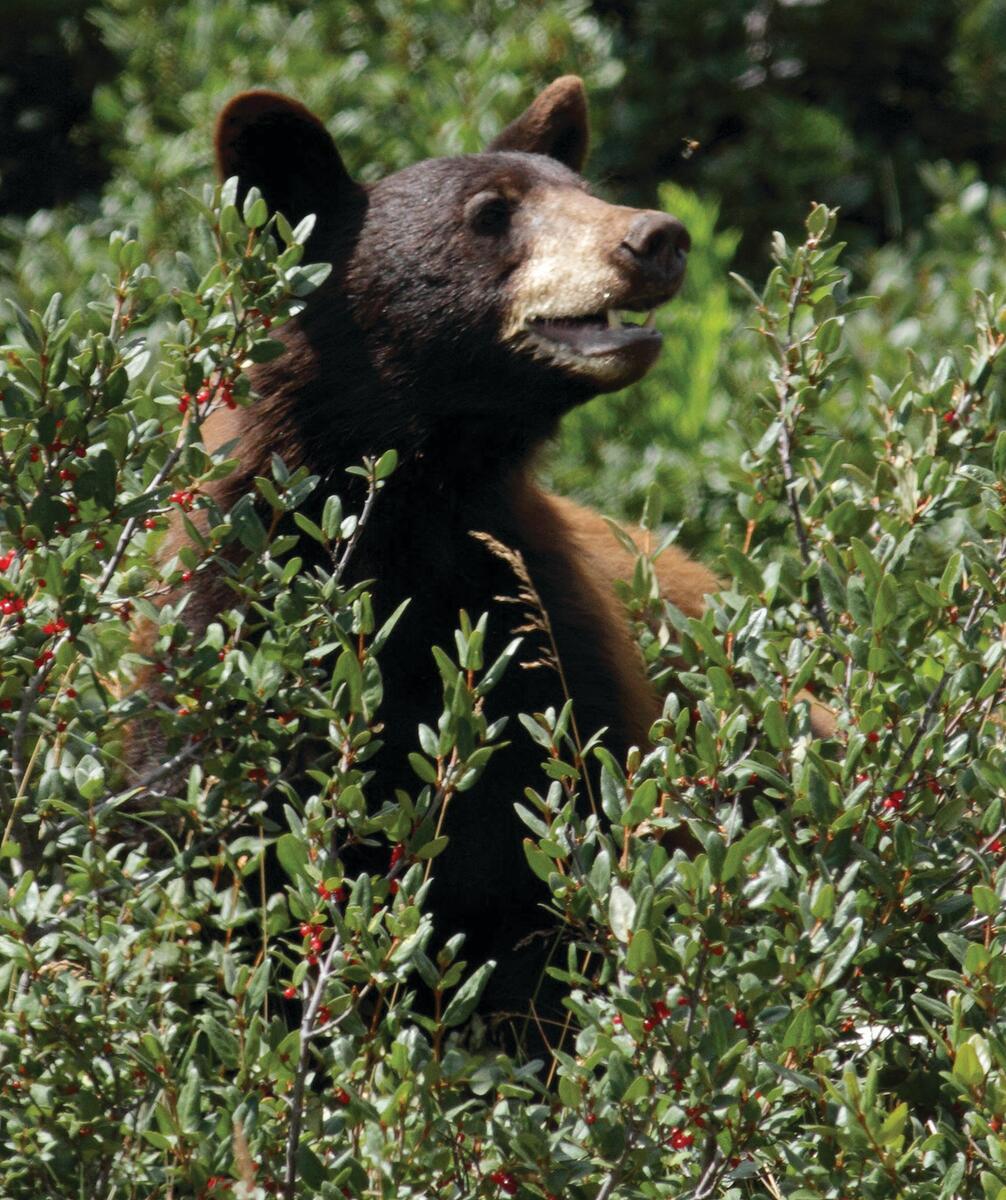
 Bear grazing on buffaloberries
Bear grazing on buffaloberries
The benefits extend beyond the trees. Squirrels feast on the seeds of the melted lodgepole pines, while beetles flock to the trunks of the freshly burnt trees to lay eggs. In turn, woodpeckers thrive, with their populations sometimes increasing by 500% in post-fire landscapes in the pursuit of the delectable beetles. The cavities they leave behind provide nesting spaces for songbirds. With fewer tree limbs overhead, sunlight streams into the forest floor, encouraging wildflowers and shrubs to flourish.
At its core, it’s simply a rendition of the circle of life.
These plants support a variety of wildlife. Moose browse on fresh twigs and shoots, while buffaloberries, critical late-summer food for black and grizzly bears, grow abundantly in the sunny, open clearings created by fire.
In short, wildfire is not an ecological villain but a vital partner in maintaining the balance and resilience of mountain ecosystems. While it may challenge our human perspective, fire ensures that the landscapes of the Rockies remain diverse, dynamic, and full of life.
If you want to hear more about this or other environmental insights, Ward goes in depth on his podcast, The Mountain Nature and Culture Podcast.
A firsthand account and reflection by Tauck Director Jay Gould:


Many years before I started working with Tauck as a Tour Director, I regularly traveled to Jasper in all four seasons to ski, play golf, hike and take in the beauty of this area.
Jasper is one of those iconic Canadian Rocky Mountain locations that leaves an enduring feeling of awe and wonder in your heart. Along with the spectacular scenery, Jasper’s residents are also wonderful, friendly, warm and accommodating.
As a Tauck Director, I consider Fairmont Jasper Park Lodge to be truly one of the world’s most unique destinations to experience. Often described as a “Summer Camp for adults,” the history and magnificent views and service of this property are legendary. You can almost feel the presence of past guests like Bing Crosby and Queen Elizabeth II on the property!
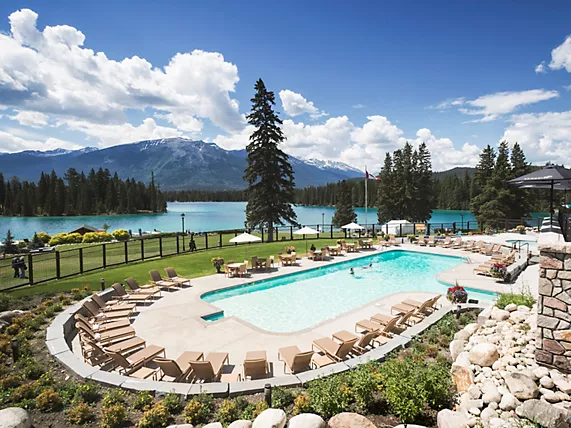
 Poolside views at Fairmont Jasper Park Lodge
Poolside views at Fairmont Jasper Park Lodge 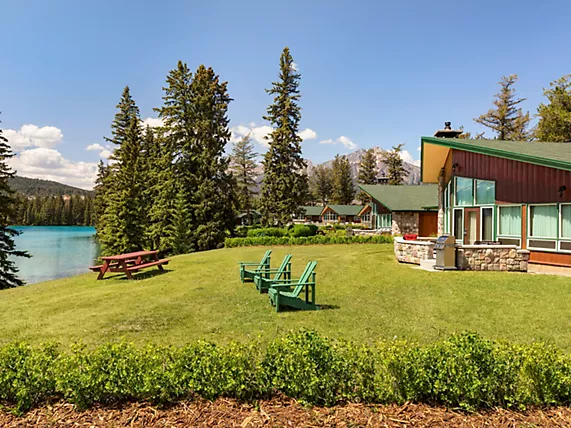
 Jasper’s beauty shines year-round
Jasper’s beauty shines year-round 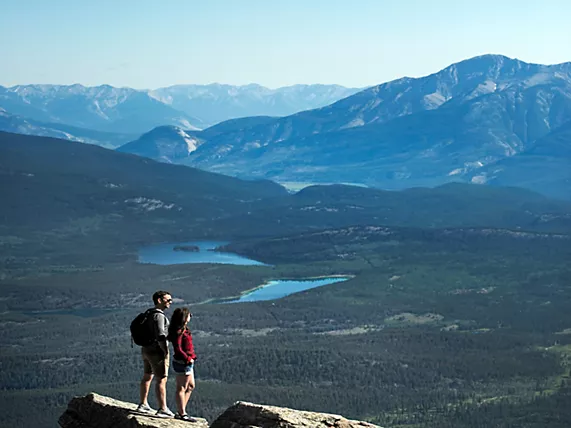
 In the heart of Jasper National Park
In the heart of Jasper National Park
On July 22, 2024, I along with two other tour groups were evacuated from the Jasper Park Lodge due to the fast approaching wildfires. Thanks to the amazing response and assistance of the Jasper Park Lodge staff, Parks Canada, Tauck’s Emergency Response Team in Wilton, CT and our fabulous Tauck motorcoach drivers we were able to safely vacate Jasper.
All of us with heavy hearts as we were not sure if the beloved Jasper Park Lodge and Jasper itself would survive the ravages of the most devastating wildfire Jasper ever experienced.
Jasper’s recovery from the catastrophic July 2024 wildfire is a testament to resilience on multiple fronts—human bravery, environmental, economic, and social. The community has mobilized with strength and unity, supported by substantial federal and provincial funding, and guided by new planning frameworks.
Yet, the road ahead is long. The interplay of complex land governance, insurance gaps, logistical constraints, and emotional toll all mean that rebuilding Jasper will take years, if not decades. Still, the visible regrowth, shared scope of recovery, and hope embodied in both community and natural revival affirm that Jasper is steadily rebuilding from the ashes.
Even in the shadow of loss, Jasper’s story is not one of destruction—it is one of renewal. The fires of July 2024 left scars upon the land and upon the hearts of its people, yet they also revealed the extraordinary resilience of this community. Following fire, life in the forest bounces back. Already, signs of life return: green shoots push through blackened soil, wildlife reclaims the valleys, and neighbors lift one another through compassion and determination.
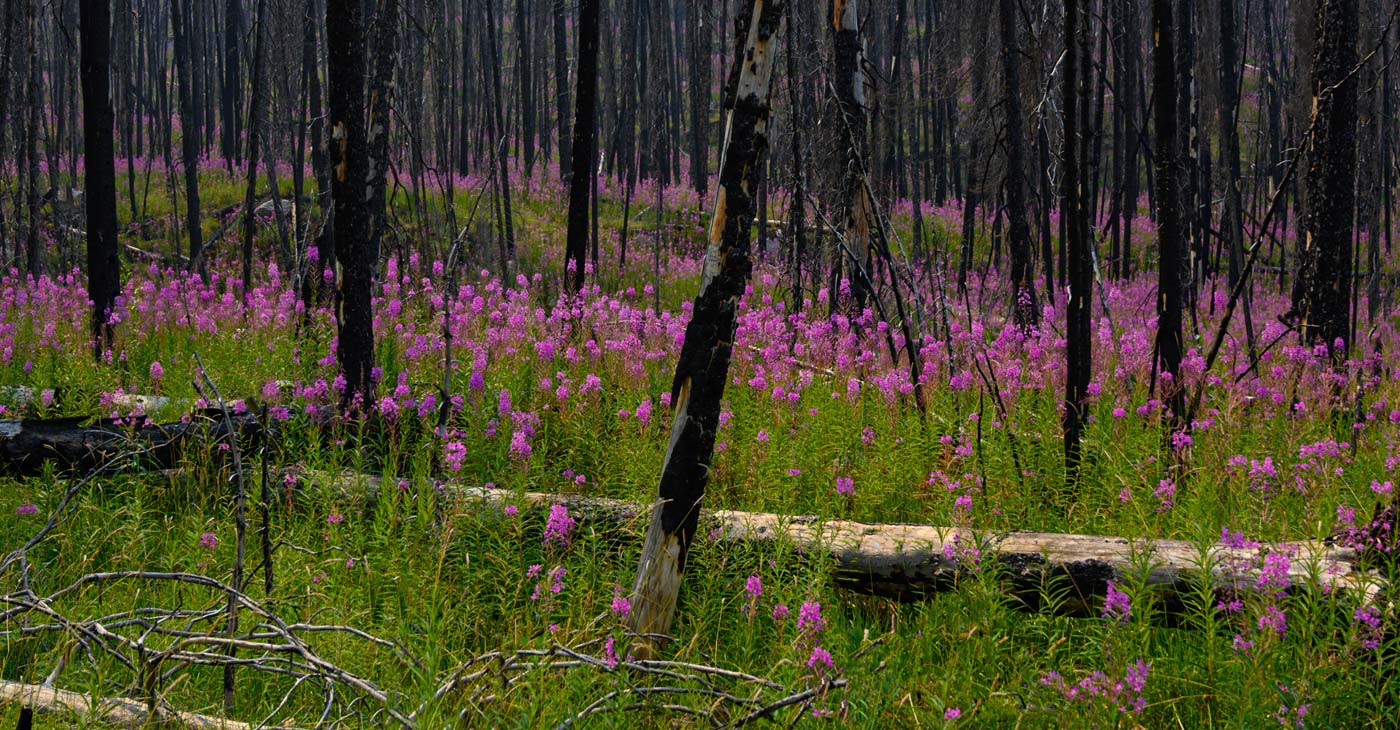
 Fireweed is often the first plant to grow in the aftermath of wildfires
Fireweed is often the first plant to grow in the aftermath of wildfires
Jasper’s spirit cannot be burned away. With every home rebuilt, every business reopened, and every trail restored, the community grows stronger and more united. The lessons of the fire, about courage, about solidarity, about the power of nature and humanity to heal will carry Jasper forward into a brighter future.
One day, visitors will walk through Jasper and see not only a town reborn, but a symbol of endurance. The mountains still stand, the rivers still flow, and the people of Jasper remain—hopeful, determined, and unshaken in their love for this place.
The fire may have tested Jasper, but it did not defeat it.
Please visit:
Our Sponsor
